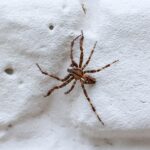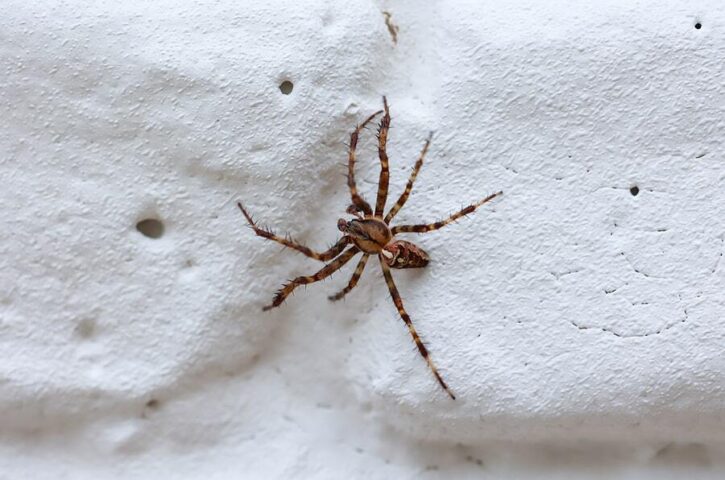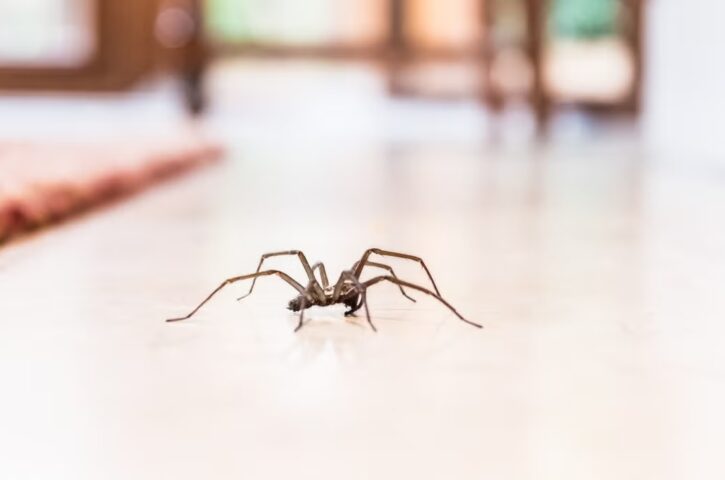
People who live in Manchester, NH are used to the rainy days. The city gets its fair share of moisture through spring showers, summer storms, and fall drizzles. The rain keeps the trees green and the gardens blooming, but it can also trigger pest infestations.
Rainy weather can make pest problems worse. Sometimes, it can invite pests into your home. Thankfully, you can visit anchorpestservices.com to find a trustworthy pest exterminator to help you address the issue by on to learn how Manchester’s rainy climate affects pests and what that means for homeowners.
Rain Pushes Pests Indoors
Most pests prefer dry shelter. Your home can be the perfect escape from soggy conditions outside. Ants, spiders, and mice will all look for ways to stay warm and dry when it rains. They can get inside through cracks in your foundation, loose weather stripping, and open vents. Sadly, they may stick around once inside as they have access to food, water, and shelter in one place.
Wet Conditions are Perfect Breeding Grounds
Rain means moisture, which is a magnet for pests. Wet soil, puddles, and damp wood create perfect places for bugs to lay eggs, build nests, and multiply fast. Mosquitoes are especially drawn to standing water. Even a clogged gutter or a water-filled flower pot can become a breeding ground.
Moisture-loving insects such as earwigs, centipedes, and silverfish also become more active during rainy seasons. These bugs often hide in basements, bathrooms, or crawlspaces where it stays damp and dark. You might notice more of them after a long stretch of rainy weather.
Termites Thrive After the Rain
Rain softens the soil and raises humidity levels, drawing termites to your property. Subterranean termites, which are common in New Hampshire, live underground and use moisture to travel and build mud tubes that lead to your home. Once they are inside, they quietly chew away at wooden structures. You might not notice a termite problem until the damage is done. So, you should check for signs of termite activity, especially around your home’s foundation after a rainy season.
Flooded Nests Mean Relocation
Many outdoor pests live in underground burrows or nests. When heavy rain floods their homes, they have to find new shelter quickly. Thus, they might head toward buildings, garages, and sheds. Rodents like mice and rats are also affected by flooding. They can squeeze through very small gaps in search of a dry spot to settle down.
Humidity Inside the Home Helps Pests Settle In
Wet weather can raise the humidity levels inside your home, especially if there is poor ventilation. High humidity creates the ideal environment for cockroaches, mold mites, and fungus gnats. Your bathroom, laundry room, and basement can stay damp for days after a rainstorm. If moisture is allowed to build up, you might see these pests popping up.
Landscaping Plays a Role
Pests can hide in overgrown bushes, wet mulch, and standing water in the lawn. They are only a step away from your home, especially if there is direct contact between plants and the siding or roof. Rain also washes organic debris into window wells, foundation cracks, and outdoor drains. These areas can become cozy hiding spots for insects and other pests.
Gutter and Drain Problems Can Attract Pests
Clogged gutters and poorly draining downspouts are common problems in rainy climates. Water that does not flow away from your home will pool around the foundation, seep into basements, and create damp zones. The extra moisture attracts a variety of pests. Keeping your gutters clean and making sure your drainage system works properly can go a long way in keeping pests at bay.
Roof Leaks and Wall Damage Invite Trouble
Water seeps in through damaged shingles or flashing and collects in the attic or inside walls. These hidden damp areas welcome pests such as carpenter ants and mold-loving insects. Pests that find their way in through these leaks can stay hidden for months, making it hard to catch the issue early.












